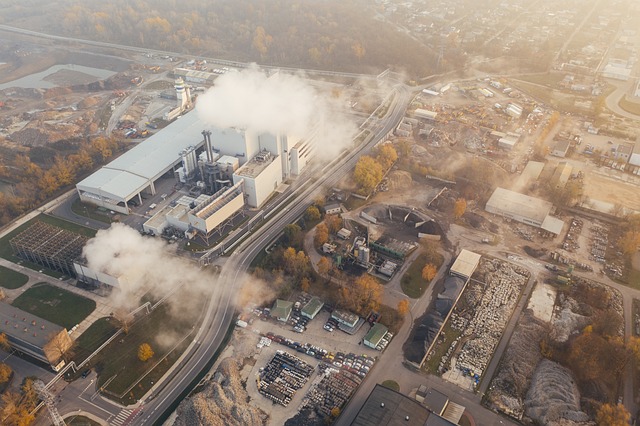Six Sustainability Insights Shaping Business: Expert Perspectives

We recently convened five of our Experts in Residence to discuss the increasingly complex pressures facing business decision makers in the context of global climate change. Through their expert insights, we gleaned six major insights that can help organizations understand and plan for the future while taking actions today to adapt to changing investor, regulatory, consumer, and environmental pressures.
Download the full article here.
1: Climate Security is National Security
The physical impacts of natural disasters on supply chains, critical infrastructure, and even employees’ ability to do their work have national security implications. The second- and third-order effects of climate change, including migration from areas impacted by natural disaster, increasing competition for resources and jobs, and accommodating people’s needs while maintaining operations, all play into both business and security decision making. Simultaneously, increasing geopolitical tension increases the complexity of pressures acting on an organization, while drawing governments’ attention away from addressing the root causes of these issues.
2: Commitment to Climate Action Requires New Business Models
Making impactful changes requires a shift in thinking about traditional operating models. Organizations must innovate and find ways to contribute based on how they are best suited to do so. Sensitivity to public and internal pressures on climate action will also impact mergers and acquisitions as climate-forward companies limit or turn down partnerships with organizations that refuse to adapt. At the same time, as more and more organizations disclose information about their sustainability initiatives, transparency will allow companies to find the sustainable partners with whom they can collaborate on climate goals–while moving away from those who won’t.
3: Crises Call Global Supply Chain Resilience Into Question
While globalization has been a reliable and powerful growth engine, Covid-19 exposed cracks in the system that hobble a globalized economy in times of crisis. As climate emergencies become increasingly frequent and intense, organizations must preemptively identify the weaknesses that could be their pitfalls in times of emergency. They should work to build reliable national and regional supply chains that are resilient to global market forces, while maintaining outward-looking, global supply networks that leverage international trade during normal, non-emergency operations.
4: Business and Government Must Partner to Develop the New Green Economy
Businesses need to set their own ambitious climate goals internally, but at the same time, governments and international institutions (e.g., the World Bank) should provide green financing to bolster businesses through growing pains they will endure during those changes. Neither business nor government can address climate change alone, but, through public-private partnerships, they can do much more overall good. A new economic model for business success and climate sustainability comes with the need for upskilling workers and rethinking education platforms of the future.
5: Consumer and Employee Preferences Urge Climate Accountability
The pressure on companies to take action on climate change is driven by external and internal demands: stakeholders like investors, other businesses, consumers, and even employees demand more investment and accountability in Environmental, Social, and Governance (ESG) initiatives. Understanding these pressures requires a two-way conversation between decision makers and these influential groups. However, taking “greenwashing” actions for the sake of saving face can backfire, especially as younger generations become more scrutinous and informed. For sustainability initiatives to succeed, they must align with organizational mission to ensure employee buy-in, satisfy customer evaluation, and deliver lasting effect. At the same time, leaders must strike a delicate balance between change and stability to continue delivering financial returns for shareholders.
6: Climate Scenario Analysis Helps Companies Navigate Complexity & Pressure
The physical impacts of climate change, as well as the internal, consumer, and regulatory pressures to address it, are only a few of the pressures acting on decision makers. Volatile fuel costs, labor laws, social upheaval, increasingly complex technology, and the retention and upskilling of employees create a web of competing forces that can become overwhelming if not managed and prioritized. Tools such as climate scenario planning that uncover risks and opportunities allow organizations to understand, adapt to, and even influence the future while they navigate and mitigate uncertainty.
- Categories
- Climate Scenario Analysis
- Latest Thinking


 About the Authors
About the Authors